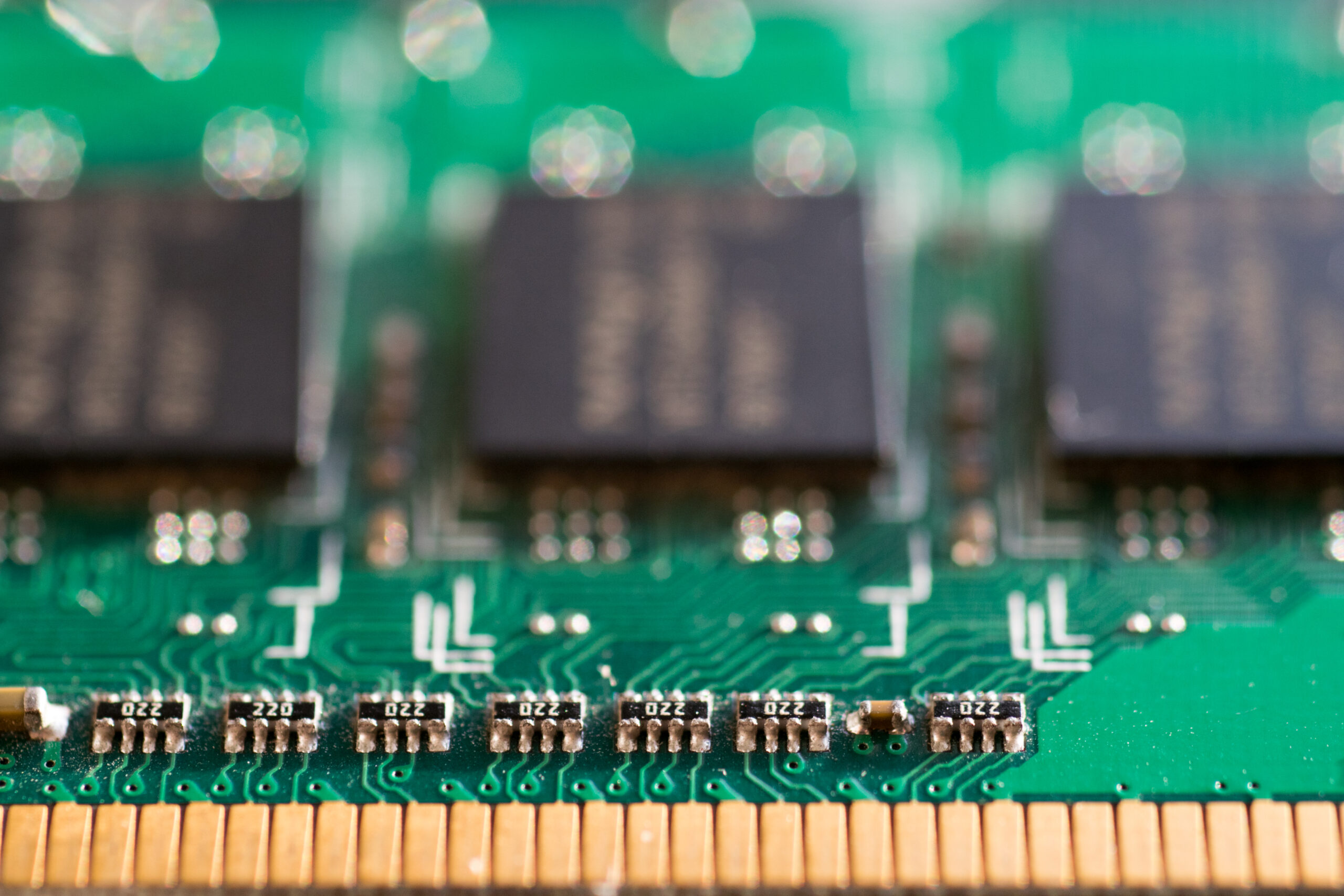Primary Storage is a term used in computer science to describe the main memory used to store data and instructions used by a computer. It is the most basic form of memory in a computer and consists of RAM (random access memory) and ROM (read-only memory).
RAM is a type of volatile memory which means that data stored in it is lost when the power is turned off. This makes RAM ideal for executing programs and for loading frequently-used data, as data can be processed extremely quickly.
ROM is a type of non-volatile memory which means that data stored in it is not lost when the power is turned off. ROM is primarily used for storing firmware instructions and settings, as its contents are not easily changeable.
Primary storage is often found in the form of computer chips which contain both RAM and ROM. It is important to note that RAM and ROM chips do not operate the same way as regular computer disk drives and not all types of data can be stored in primary storage.
Primary storage is often used in conjunction with secondary storage such as hard drives. Secondary storage typically stores data in a permanent form, providing longer-term storage. Primary storage is used to store data only when it is needed for immediate retrieval and processing.
Primary storage is an essential component of any computer system, as most computers can only process data when it is stored in RAM. It is also important to note that primary storage is volatile and can quickly become full. As a result, many systems have caching capabilities which allow them to temporarily store data in RAM before it is transferred to secondary storage.





